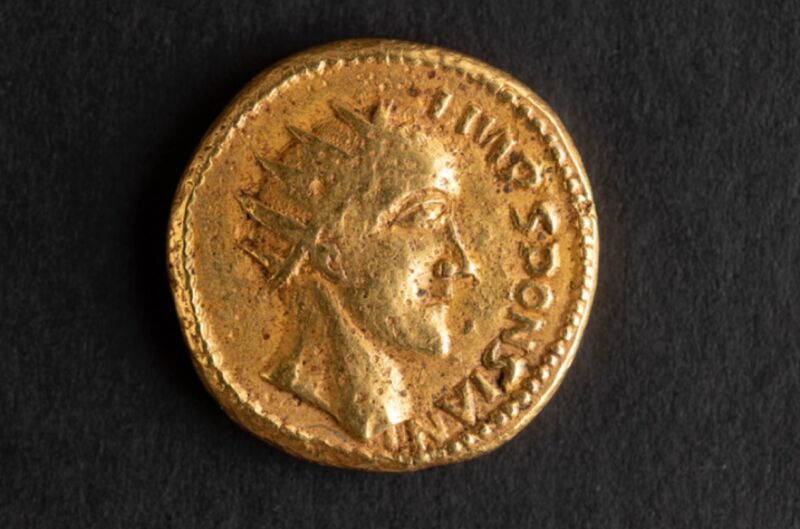“Fake” Roman coins authenticated, bearing likeness of lost Roman emperor

Enlarge / This Sponsian gold coin, circa 260-c.270 CE, was part of a cache discovered in Transylvania in 1713. (credit: The Hunterian, University of Glasgow)
In 1713, a cache of Roman coins was discovered in Transylvania, several of which bore the portrait and name of Sponsian—but there are no historical records of a Roman emperor with that name. The coins largely have been dismissed as forgeries for more than a century, but a re-analysis using a variety of physics-based methods has yielded evidence that they might be authentic, according to a recent paper published in the journal PLoS ONE. So Sponsian may have been a real emperor after all.
One of the Sponsian coins is now in the Brukenthal National Museum in Sibiu, Romania; another is part of the Hunterian collection at the University of Glasgow. "This has been a really exciting project for the Hunterian and we’re delighted that our findings have inspired collaborative research with museum colleagues in Romania," said co-author Jesper Ericsson, curator of numismatics at the Hunterian. "Not only do we hope that this encourages further debate about Sponsian as a historical figure, but also the investigation of coins relating to him held in other museums across Europe."
Sponsian (or Sponsianus) seems to have been an obscure Roman military commander in the Roman province of Dacia, an isolated gold mining outpost that overlaps with modern-day Romania. Per the authors, he was most likely active during a critical period of unrest during the 3rd century CE. After the assassination of Emperor Severus Alexander—by his own troops, no less— the Roman Empire was besieged by barbarian invasions, peasant rebellions, civil wars, a pandemic (the Plague of Cyprian), and the rise of multiple usurpers vying for power. Due to the resulting currency debasement and economic collapse, by the 260s, there were three competing states: the Gallic Empire, the Palmyrene Empire, and the Italy-centric Roman Empire caught between them. Things didn't stabilize politically until Diocletian rose to power and restructure the imperial government in 284.
Read 7 remaining paragraphs | Comments
from Gaming & Culture – Ars Technica https://ift.tt/RLEjqrD